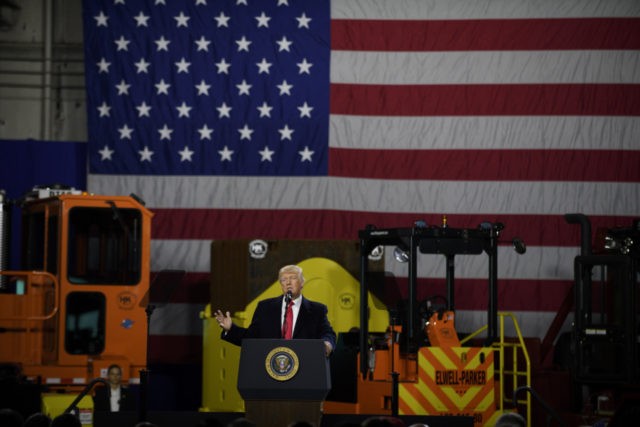The health of the U.S. manufacturing sector in November got mixed reviews on Monday.
The influential Institute for Supply Management’s purchasing managers’ index dropped to 48.1 from 48.3, missing expectations for an improvement to 49.4. Readings below 50 indicate contraction and this index has been underwater for four months straight.
A competing purchaser managers’ survey by IHS Markit, however, showed the manufacturing sector had improved in November. The IHS Markit PMI rose to a seven-month high of 52.6.
The two indexes are calculated differently and have diverged in the past. The IHS Markit index puts greater weight on forward-looking components, so optimism about the future can boost the index above what the evenly weighted ISM index shows. The ISM survey is also more heavily weighted toward large multinational companies, which the IHS argues makes it less representative of the U.S. economy.
“ISM also does not ask respondents to confine their reporting to US facilities/factories whereas IHS Markit specifies that all responses must relate only to metrics from US factories. ISM data could therefore be more heavily influenced by conditions of US-owned factories in China, for example, than the IHS Markit data,” IHS’s Chris Williamson argued in October.
Last year, the IHS data did a better job of predicting the official economic numbers than the ISM data, which tended to be too optimistic. Williamson argues that this year the ISM data is overly negative, writing that “it is possible that the current steep decline signaled by the ISM simply represents another case of the survey exaggerating the rate of change.”
Nonetheless, the ISM survey is more widely followed than the IHS survey. Markets reacted Monday by sending stocks and the dollar lower and U.S. Treasuries higher, moves consistent with the notion that the U.S. economy could grow less than expected.
Taken together, the surveys point to a manufacturing sector that is no longer in danger of steep contraction and appears to be stabilizing. That was also the picture painted by recent surveys of factories in China and Germany.

COMMENTS
Please let us know if you're having issues with commenting.